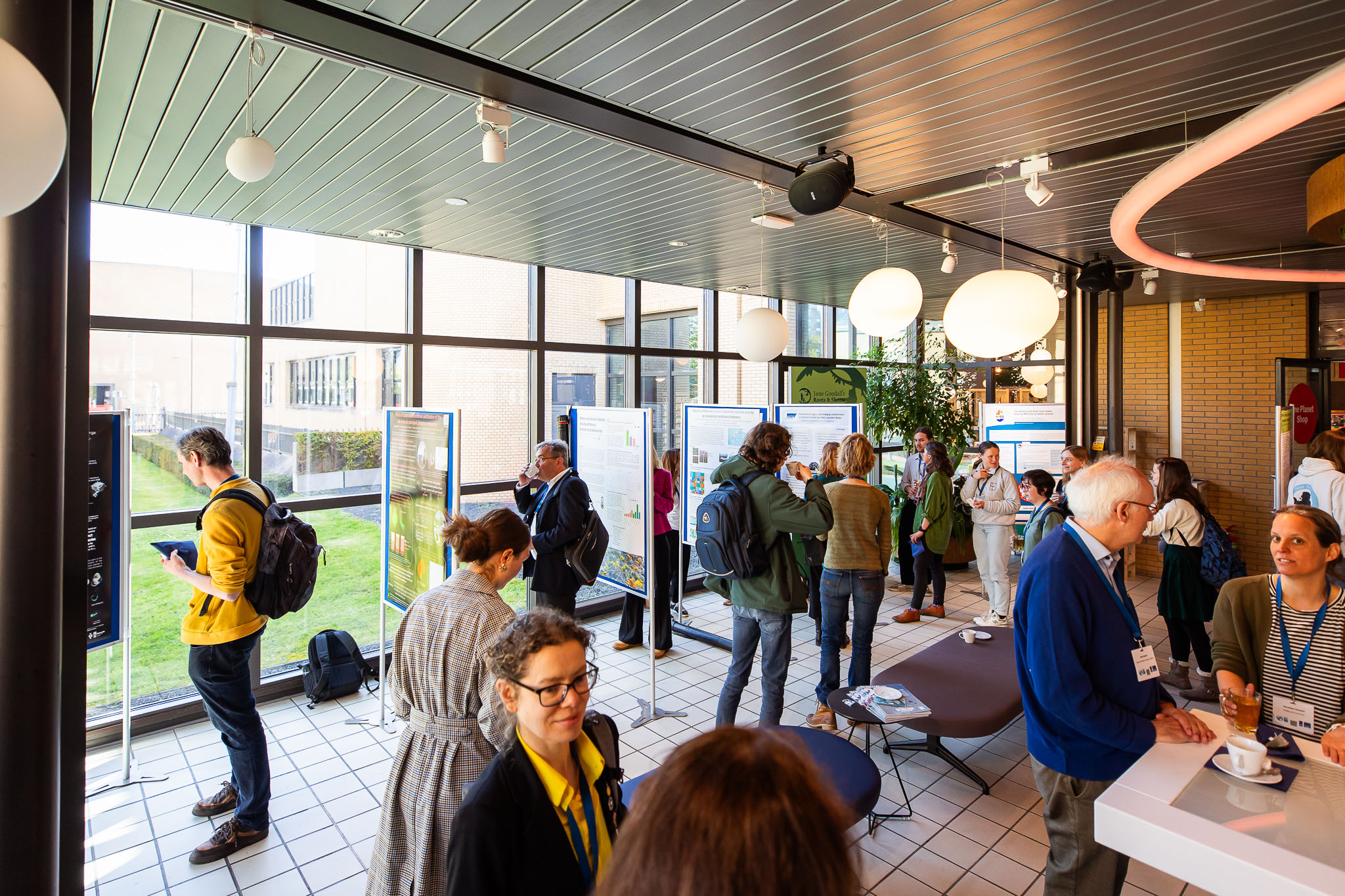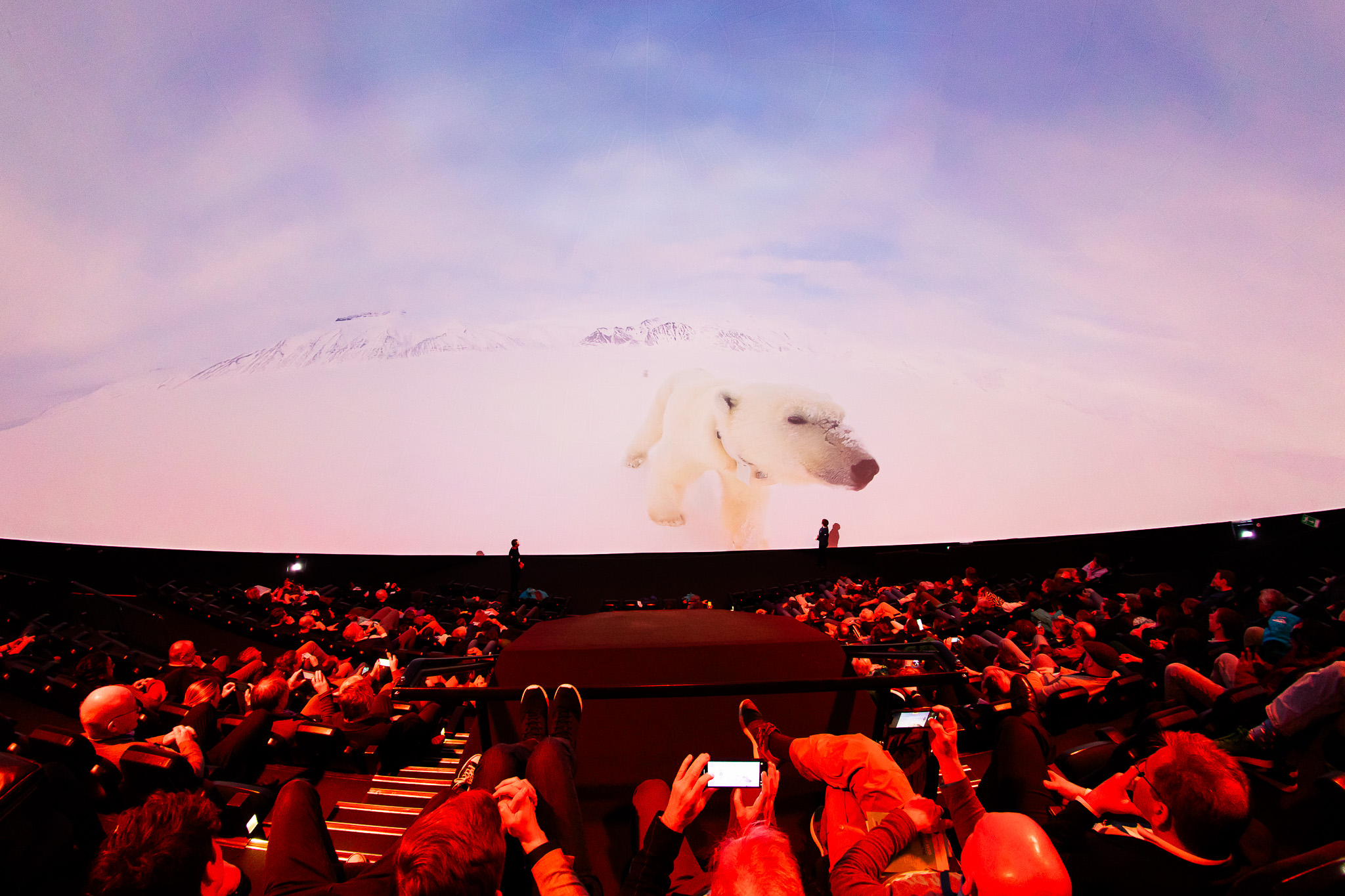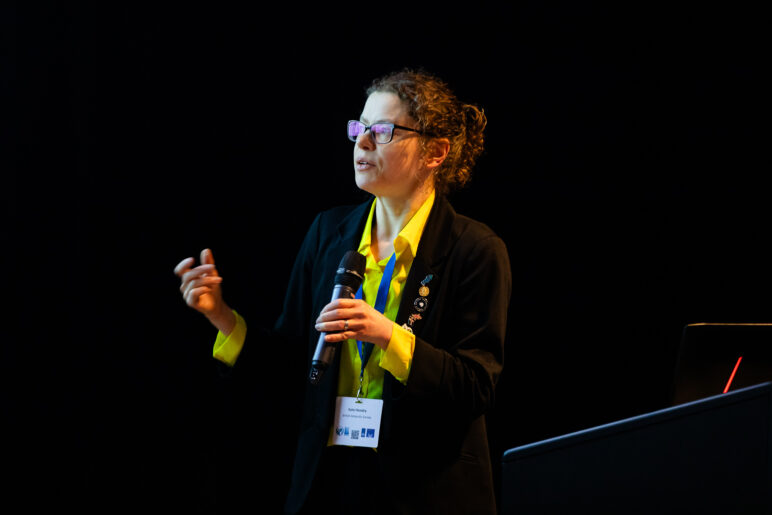Kate Hendry attended the Netherlands Polar Day on April 23rd in the Museon-Omniversum in The Hague. The NL Polar Day, arranged by the Dutch Research Council (NWO)’s Netherlands Polar Programme team, the Ministry of Foreign Affairs and the Association of Polar Early Career Scientists (APECS), every year brings together researchers from around the Netherlands from universities, research institutes, tourism and industry who are interested in all things Arctic and Antarctic. The Netherlands have a strong history of polar research, and rely on international collaborations for infrastructure access: in the Arctic this is largely through their links with the Alfred Wegener Institute (AWI) in Germany, and in the Antarctic through their Memorandum of Understanding with BAS. For example, Rothera hosts the Dirk Gerritz lab, which was built in 2012.
This year’s NL Polar Day was ably hosted by Sietze Norder from the Copernicus Institute of Sustainable Development at Utrecht University, and featured a plenary talk by René van Hell, the Netherlands Ambassador for the Arctic. Kate gave a presentation in the first of the parallel sessions, updating a packed room on the new BAS Science Strategy and giving some recent highlights from Rothera including the glider operations, the atmospheric aerosols lab, and the Windracer autonomous aerial vehicle (thanks to BIOPOLE’s Hugh Venables, as well as Tom Lachlan-Cope and Tom Jordan for their input!).
The poster session featured APECS members as well as more established scientists. Kate also gave a poster on the broader aims of BIOPOLE, and was able to engage with a number of existing colleagues and new contacts on the project objectives and successes so far.

The day finished with a fully immersive IMAX Arctic experience in the Omniverson, including a “close encounter” with a polar bear (thankfully virtually!), and a drinks reception in the museum.

The author of the article – Kate Hendry from British Antarctic Survey

